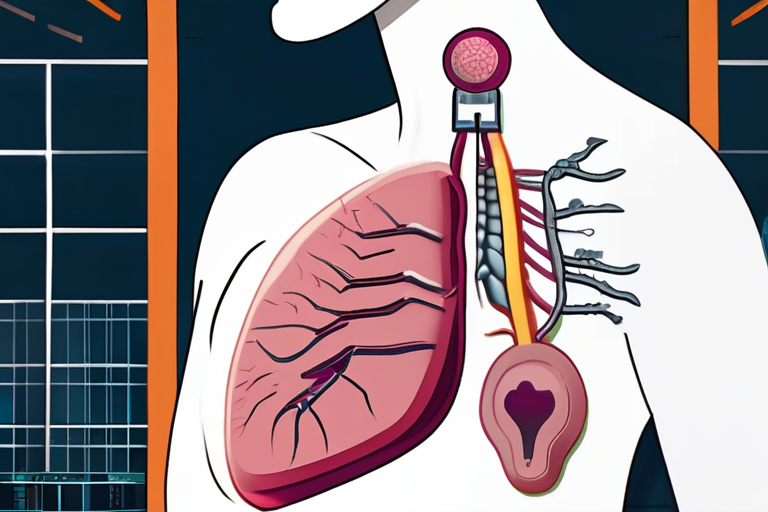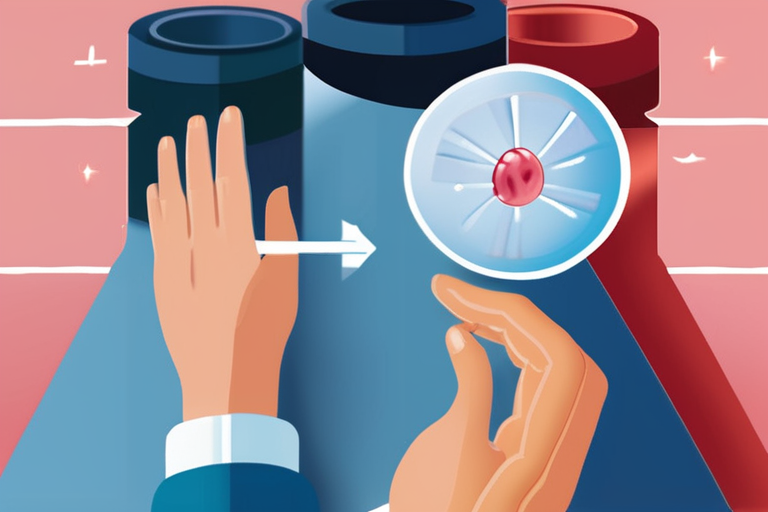Men's Role in Bacterial Vaginosis Treatment Expanded: ACOG Updates Guidelines


Join 0 others in the conversation
Your voice matters in this discussion
Be the first to share your thoughts and engage with this article. Your perspective matters!
Discover articles from our community

 Hoppi
Hoppi

 Hoppi
Hoppi

 Hoppi
Hoppi

 Hoppi
Hoppi

 Hoppi
Hoppi

 Hoppi
Hoppi

Take Our Quiz: How Much Do You Know About Antimicrobial Resistance? A growing number of bacterial infections are no longer …

Hoppi

New Guidance for Treating Bacterial Vaginosis: Men Should Get Treated Too In a significant update to its clinical guidance, the …

Hoppi

Take Our Quiz: How Much Do You Know About Antimicrobial Resistance? A growing number of bacterial infections are no longer …

Hoppi

New Guidelines for Bacterial Vaginosis Treatment: Men Should Get Treated Too In a significant update to its clinical guidance, the …

Hoppi

Take Our Quiz: How Much Do You Know About Antimicrobial Resistance? A growing number of bacterial infections are no longer …

Hoppi

New Guidelines for Bacterial Vaginosis Treatment: Men Should Get Treated Too In a significant update to its clinical guidance, the …

Hoppi